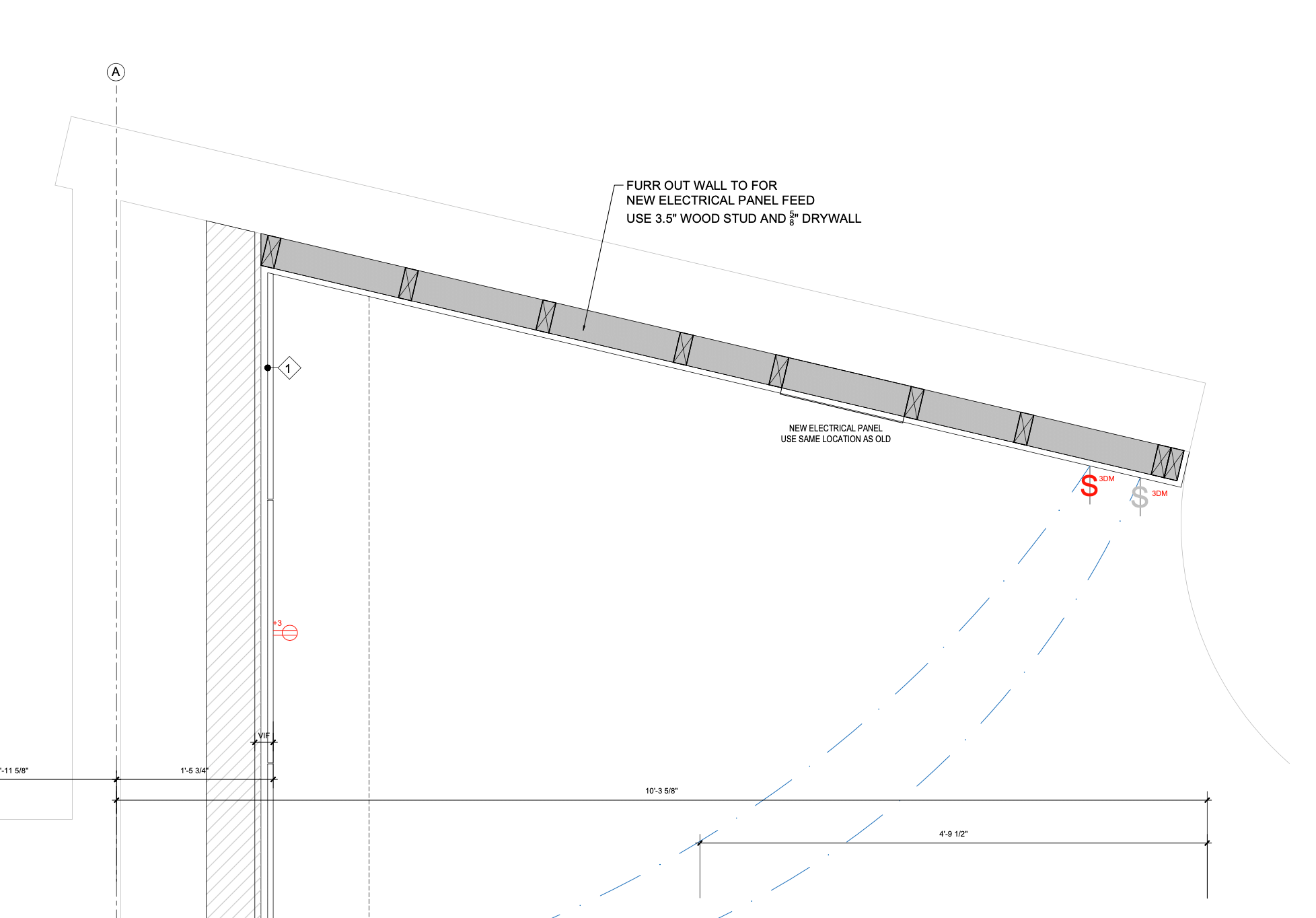Bidding, Part IV

The good news: I have the final contract, potentially ready to sign. As ever, though, it has been a lesson in the perils of doing a construction project. Or perhaps more specifically, a fairly high-specification construction project in a difficult site in a historic neighborhood.
As I write this, I’m ready to sign. My architects set me and the contractor up with an A105, which I’m informed is a pretty standard contract for smaller architect-led projects. Most importantly in my mind, it does a more precise job laying out how the architect interfaces with the owner and contractor.
It’s taken about a week to hash out some final details. I’m less clear what’s gone on from the contractor’s side. From my end, there was some additional insurance I didn’t realize I didn’t have because of the strange way my condo association buys insurance for my whole building.
The contractor needs to execute the document first, and then I’ll execute, and we’re ready to go.
Meanwhile, the saga of the electrical upgrade continues. The potential feeder wire replacement was not enough. Now it seems that they’ll have to build out a new wall (confusingly, in front of an existing wall) to contain the new electrical panel and feeder wiring.
This adds another $1,000 or so to the project cost, which I’m not exactly thrilled about. On the other hand, I knew what I was getting into, and I’m not completely surprised this (and many other unexpected costs) have emerged.
It does make me appreciate how renovation projects wind up being diluted by the time they’re completed.
There are places where it’s really not possible to scrimp. While annoying, it would be far worse to have a completed project that fails inspection than to cut elsewhere in the project.
On the other hand, it’s very clear exactly where people would scrimp. Buying that $300 dishwasher instead of the $1000 dishwasher almost pays for the unexpected wall construction. Downgrading the flooring material to vinyl plank that goes for $4 per square foot instead of high-spec, $10 per square foot engineered hardwood would come close to covering the cost of running a new feeder wire.
There’s something very disappointing about the idea of putting in so much work, only to have it fall down on the details.
Feature image credit BOS |UA